Reference Number: ST0439
Details of standard
Occupation summary
Set within an industry steeped in centuries of tradition, the jewellery, silversmithing and allied trades industry supports the pursuit of excellence in their traditional craft skills whilst also embracing innovation and technology. The jeweller, silversmith an allied trades professional is a fundamental occupational role in the wider sector that contributes approximately £2 billion to the British economy.
British made jewellery and silverware products have an international and iconic reputation and the continued success of the sector will depend on maintaining a skilled, well-trained workforce.
‘Jewellery, Silversmith and Allied Trades Professional’ is a broad description of someone who is engaged with the production of fine and detailed items that are made from precious metals and adorned with precious stones and other materials.
Jewellery and silverware items may be in the form of silverware as a centre piece for a board room table, jewellery such as wedding and engagement rings and individually made items produced by a specialist designer.
This standard reflects the 9 key functions that make up the wider jewellery manufacturing sector. This includes:
- Silversmiths – forming shapes and forms from silverware including dishes, cups, platters
- Casting – forming moulds and working with molten precious metals to form shapes such as pendants, drops and frameworks
- Stone setting – selecting and fixing stones into a form and ensuring they are secure
- Mounting – creating parts of jewellery to which precious stones are fitted
- Engraving – using tools to create patterns in flat and complex shapes including text, images and intricate patterns
- Enamelling – working with and applying enamel to create coloured patterns, images and finishes
- Polishing and finishing – applying different processes and materials to produce a polish and shine to an item or to highlight a special finish
- CAD/CAM processes – working with designers and makers to produce model forms for manufacturing jewellery or silverware items using highly automated processes
- Lapidary – selecting, cutting and polishing precious and semi-precious stones for use within a range of products
The standard reflects a range of different job functions (allied trades) each of which is associated with key functions and activities in the overall industry. Some items produced will require input from a range of individuals employed within one or more of the allied trades, others items will be completed wholly by one individual. Individuals working within the industry will initially focus on being employed in one of the optional pathways as described within this standard.
Smaller businesses may well focus on one of the optional pathways described and work with a wider supply chain providing business to business type services. Larger businesses employ a cross section of individuals across the different optional pathways, passing each item for manufacture from one specialist to another.
An employee in this occupation may work in a small enterprise producing or manufacturing specialist jewellery or silverware items or in a wider factory setting as part of a production or manufacturing team, incorporating allied trades, producing larger orders. They will be able to work just as effectively on their own or as part of a wider team. In both instances they will understand the impact of their role on those working around them.
Regardless of which production processes the employers’ use, jewellers, silversmiths or allied trades professionals will know and understand the end-to-end process of how the items are produced and the manufacturing processes required to produce a final product.
An employee in this occupation will be responsible for working efficiently and accurately to agreed product specifications and customer requirements, using both hand and machine skills, within agreed production deadlines and to the required quality standard. In their daily work they will report to line managers, supervisors and other highly experienced colleagues from a range of other associated trades. Typical working pattern is Monday to Friday.
Typical day-to-day duties may include:
- Obtain and understand the requirements of a design
- Working with CAD designs
- Operation of equipment to produce items using CAM machinery
- The cutting of metals to given shapes and designs
- Working with hand tools and machinery to derive a range of different finishes and patterns
- Production of items in wax for casting
- Casting items in precious metals
- Working with enamels to achieve required finishes
- Selecting and setting precious stones
- Polishing and finishing items
- Examine finished jewellery and/or silverware products for quality;
- Repair and/or rework jewellery and/or silverware items;
Typical job titles
Typical job titles include:
- Jeweller
- Silversmith
- Setter
- Polisher/finisher
- Engraver
- Enameller
- Mounter
- CAD/CAM operator
- Lapidary
The core knowledge, skills and behaviours must be completed by ALL Jewellery, Silversmiths or Allied Trade apprentices, along with ONE of the eight specialist functions.
Core: All Jewellery, Silversmithing and Allied Trades Professional apprentices must have all of the following core skills, knowledge and behaviours
| Duty |
Criteria |
Knowledge and Understanding (Know it)
|
Skills (Show it) |
| Work in accordance with health and safety legislation |
Able to work in a safe manner |
- Relevant H & S legislation related to their role and that of the wider workplace.
- The systems, processes and organisational procedures used to ensure compliance with H & S and other relevant legislation.
|
- Demonstrate the application of H & S, COSHH and other policies within the workplace.
- Demonstrate an understanding of workplace hazards and other areas of legislative non-compliance and how these can be addressed.
|
| Use hand tools and equipment effectively |
Can work with tools effectively |
- The purpose and use of different hand tools and equipment.
- The maintenance of hand tools and equipment.
- How to purchase hand tools and equipment.
|
- Select and utilise tools and equipment to achieve the desired finish/outcome.
- Maintain the effectiveness of hand tools and rectify any defects should these arise.
- Purchase or order appropriate tools and equipment.
|
| Use powered plant and equipment effectively |
Can utilise powered tools safely and effectively |
- The purpose and use of different powered plant and equipment.
- The maintenance of powered plant and equipment.
- How to purchase powered plant and equipment.
|
- Select and utilise the correct powered plant or equipment for the task to achieve the desired finish/outcome.
- Maintain the effectiveness of the powered plant and/or equipment; and rectify defects and damage.
|
| Work with designs and specifications |
Works with designs and specifications effectively and can apply them |
- How to read working drawings and specifications, including industry standard descriptions and symbols used to describe processes and finishes
- How to measure, interpret size and scale.
- How to communicate design requirements to colleagues and clients.
- The limitations of different design approaches.
|
- Translate designs into physical items from working drawings to a specification.
- Identify the material required to produce an item based upon a given specification.
- Communicate requirements of the design to colleagues using industry standard language.
|
| Work with different materials |
Able to work with the materials which are used within their specialism |
- Where different materials used in manufacture are sourced from
- The organisational procedures to follow when obtaining materials
- The physical properties and limitations of different materials used and their relative financial value.
- Alternative materials that may be used/substituted.
- The importance of reducing waste and the methods used for managing it.
|
- Select the correct quantity of material for the task as specified within the design and specification and in accordance with organisational procedures
- Identify alternative materials that could be substituted.
- Organise and implement the production process to minimise waste.
- Demonstrate a wider understanding of waste management within the workplace.
|
| Check and assess the quality of own work |
Self assesses their own work and checks for accuracy |
- The importance of working to tolerances against the original design/specification.
- The importance of self-reflection to assist with the development of skills.
|
- Select and utilise tools to measure tolerances and accuracy throughout the production process.
- Implement actions to improve the finish/accuracy of the item.
|
| Communicate with colleagues and customers |
Communicates in a professional manner with colleagues and customers |
- The industry specific terminology used to describe materials, processes and finishes
- The roles of differing team members within the organisation and an understanding of how their own work relies upon and impact on the work of others
- The different skill sets available within the organisation and those services that are outsourced to other individuals and organisations
- The organisational methods used to communicate with customers
|
- Communicate with colleagues and other individuals involved in the manufacturing process in a manner that is clear, indicates understanding of the desired outcome and which promotes teamwork.
- Communicate with the customer different options that may be possible to produce the item
|
| Work in a professional manner |
Works in a way that is professional |
- How customer requirements can be identified.
- How different techniques, processes and finishes can be communicated to customers.
- How work can be accurately priced.
- Where information regarding new and emerging techniques and materials can be sought.
|
- Translate customer requirements.
- Communicate the various techniques, processes and finishes related to the item(s)
|
| Ensures the security of work products and the workplace |
Ensures the security of materials and the workplace |
- The organisational procedures which ensure the security of materials, work in progress, employees and the general public.
|
- Follows procedures to promotes their own security and that of colleagues and the organisation.
- Takes action to recognise and mitigate risks
|
Behaviours
- Embrace and promote the values of the organisation
- Treat team, customers and other stakeholders with courtesy and respect
- Take ownership and responsibility for their role and working area, including other team members where appropriate
- Display loyalty, integrity and accountability to the organisation
- Commit to continuous development of self and team, including improvements to systems and processes
Specialist: Jewellery, Silversmithing and Allied Trades Professionals must select from ONE of the following specialist functions
- Silversmithing
- Casting
- Stone setting
- Mounting
- Engraving
- Enamelling
- Polishing and finishing
- CAD/CAM processes
- Lapidary
Specialist function 1: Silversmithing
A silversmith is responsible for working with precious and non-precious metals to produce one off and batch produced items.
| Duty |
Criteria |
Knowledge and Understanding
(Know it)
|
Skills (Show it) |
| Shaping & forming materials |
Applies different techniques to form and shape silverware |
- Different shaping and forming techniques that may be utilised.
- Different tools and equipment that may be used for the task.
- Process and purpose of annealing metal when shaping and forming materials.
- Removal of oxides, etc. from the item during processing.
|
- Demonstrate the processes required to shape a piece of silverware from a given design, including the tools and equipment that would be required.
- Demonstrate annealing process to shape and form metals.
- Maintain an effective working environment.
|
| Join Materials |
Apply methods to create secure joins in silver |
- Different processes used to join items.
- How the different properties of metals impact on the method used to join them.
- How to support and hold work during the joining process.
|
- Demonstrate the use of suitable joining techniques in the successful completion of the task.
- Demonstrate an understanding of different types of solder and related fluxes.
- Demonstrate an understanding around the use of jigs, binding wire, “stiches” and other fixtures used when soldering.
- Demonstrate an understanding of the use of safety pickle and oxide prevention techniques and materials
|
| Finish materials |
Can produce a range of surface finishes |
- Different finishes that can be applied to silverware.
- How surfaces should be prepared prior to polishing and finishing.
- The use of plating and patination
- How different finishes can be achieved.
- The principle of part polishing when assembling an item.
- The importance of cleaning the item prior to and after polishing.
|
- Use abrasives, papers, powders and blocks to prepare items for polishing and finishing.
- Demonstrate a range of polishing and finishing techniques
- Use lathe, and/or other suitable equipment to polish work to the required standard.
- Post-process work to a commercial standard.
|
Specialist function 2: Casting
A caster is responsible for working with a model to reproduce it in metal
| Duty |
Criteria |
Knowledge and Understanding
(Know it)
|
Skills (Show it) |
| Make and cut rubber moulds for production |
Can produce high quality moulds |
- The various moulding making materials used by the industry and their application.
- The limitations of different mould making materials,
- The mould making and cutting process related to each material.
|
- Demonstrate a range of relevant mould making skills to the required standard.
- Demonstrate relevant cutting techniques.
- Checks that moulds are free from defects.
|
| Produce wax pattern |
Can produce high quality wax patterns |
- The types of wax pot that may be employed, both manual and automated.
- The working temperature and pressure of molten wax.
- The removal of wax patterns from moulds avoiding damage or deformation.
- The identification and prevention of defects that could affect the viability of the wax pattern.
|
- Inject rubber mould with wax to a consistent standard and remove from mould
- Check on the quality to ensure that the wax pattern is free from defects
- Maintain a clean and tidy work area
|
| Build a tree for casting |
Can compile a tree suitable for casting |
- The tools required to build wax trees.
- The basic principles of metal flow, solidification and spruing.
- How wax patterns are assembled
|
- Create a functional wax tree ready for investing.
|
| Invest and burnout moulds |
Can invest mould and burnout |
- The stages of the investment process.
- The importance of the burnout cycle in the investment process
- The operation of the furnace
|
- Prepare machinery for the investment process.
- Mix the investment material and invest the mould within its flask
- Load, program and run the furnace for casting.
|
| Cast material |
Cast jewellery items |
- The various casting processes and their appropriate application to different metals.
- The use and purpose of cloaking gases, over-pressure and vacuum when applied to casting processes.
- The temperature and casting cycles that should be applied.
- The processes needed to ensure that casts are fully formed
- Identifying common defects and how to rectify them.
|
- Calculate the volume of metal required to successfully fill a given flask.
- Prepare metal and machinery for casting and cast metal into flasks.
|
| Wash out and de-sprue cast items |
Removes item from moulds |
- The purpose process for quenching.
- The post-processing of flasks including the removal of investment by jet washing.
- Techniques and tools required to remove the finished castings from the central sprue or tree.
|
- Quench flasks and remove the investment using appropriate equipment.
- Remove casting from trees using appropriate equipment.
|
Specialist function 3: Stone Setting
A stone setter is responsible for working with a mounter to securely embed (set) the precious gems or diamonds in a piece of jewellery.
| Duty |
Criteria |
Knowledge and Understanding
(Know it)
|
Skills (Show it) |
| Prepare different types of stone setting |
Can produce a range of stone settings |
- The different types of stone setting used in the industry.
- The tools and techniques required to successfully complete the task including those used for marking out, the use of burrs, drills and frazes.
- The different levels of hardness of different stone types and its impact on the type of setting used
|
- Select the correct setting technique suitable for the type and hardness of the stone(s) being used
- Prepare the item for setting by marking out and/or opening out the item to be set to accommodate the precious gems.
|
| Create bearers and/or grains |
Can create bearers and grains |
- How to create bearers and grains using the appropriate tools including scorpers and gravers.
|
- Demonstrate a range of techniques to create bearers or grains prior to setting the piece
|
| Secure and remove stones |
Able to secure and remove stones from jewellery items |
- The correct process for setting stones using pushers, burnishers, etc.
- The correct process for removing stones using the appropriate equipment.
|
- Demonstrate a range of setting processes using the correct techniques.
- Demonstrate the successful removal of precious gems using the correct techniques.
|
| Finish settings |
Check and finish the setting |
- The process for finishing items once these are set.
- The use of burnishers to deburr items post-setting.
|
- Complete post-processing of set items to a standard that meets the requirement of the employer.
|
Specialist function 4: Mounting
Mounters create the parts of jewellery to which gems are then added (by a gem or diamond setter). They usually work with metals, including gold, silver and platinum. The mount needs to hold the stones securely, and show it off to its best effect.
| Duty |
Criteria |
Knowledge and Understanding
(Know it)
|
Skills
(Show it)
|
| Measure and mark out material |
Can measure design and apply to material |
- How to measure dimensions accurately.
- How to transfer the design to the item and mark out.
|
- Use dividers and calliper and measuring gauges for marking out.
- Use measuring devises to attain correct dimensions.
|
| Work with a design |
Can understand and apply a design |
- How to translate the design onto materials.
- How designs can be measured and marked out on materials and the different tools that can be used.
- The terminology used within working drawings in stone mounting activities.
|
- Select and use appropriate measuring and marking equipment.
- Transfer the design and drawing requirements to metal.
- Mark out positions on material for cutting, shaping and drilling to the required specification.
- Cut and shape material to the specifications set out in the design.
|
| Work with different materials |
Can work with a range of materials in a mounting |
- The properties of different materials used in the production of jewellery.
- The different melting points of non-ferrous metals and precious metals.
- The ductility and malleability of the metals used.
- The required level of metal surface finishing required prior to final polishing.
|
- Select the correct metal and fineness to produce the required item.
- Task is completed without damage to the surface.
- Material is used economically, producing as little waste as possible.
- Achieve an acceptable surface level finish on precious metals.
- Ensure that the mount is adequately prepared for setting.
|
Specialist function 5: Engraving
An engraver is responsible for working with other industry professionals to add decorative features or lettering to a precious or non-precious item.
| Duty |
Criteria |
Knowledge and Understanding
(Know it)
|
Skills
(Show it)
|
| Work with gravers, scorpers and other specialist engraving tools |
Can confidently work with specialist engraving tools |
- Know the various types of letter forms and layouts for inscriptions and monograms.
- Know about the key differences between repair, restoration, conservation and reconstruction.
- How associated crafts (e.g. silversmithing, enamelling, metal spinning, polishing, stone mounting etc), impact on the completion of the engraved work.
|
- Mark out and measure materials for engraving.
- Lay out scroll work and ornamental patterns.
- Produce engraved surfaces using a range of materials, designs, surface types, standard and advanced techniques (including cutting, seal engraving, carving, piercing, inlay and overlay).
- Apply designs using hand or machine-based processes.
|
| Work in a professional manner |
Works in a way that is professional |
- How customer requirements can be identified.
- How different engraving techniques and finishes can be communicated to customers.
- How work can be accurately priced.
- Where information regarding new and emerging engraving techniques can be sought.
|
- Translate customer requirements.
- Effectively communicate the various techniques surrounding engraving.
|
| Repair engraved items |
Can repair engraved items |
- The process of repairing engraved items damaged during the engraving process.
|
- Implement repair techniques including the use of burnishers, etc.
|
Specialist function 6: Enamelling
An enameller is responsible for working with other industry professionals to apply decorative enamel to the surface of a range of items.
| Duty |
Criteria |
Knowledge and Understanding
(Know it)
|
Skills
(Show it)
|
| Prepare surfaces ready for enamelling |
Can prepare surfaces that are suited to enamelling |
- The appropriate chemicals to use to prepare the specific metal to be enamelled.
|
- Follow correct safe handling processes for use of chemicals.
- Clean and prepare the surface ready to enamel.
|
| Prepare enamel for use |
Can prepare enamel suited to the required task |
- The methods of preparing the enamel prior to application.
- How the grade of the enamel can be assessed.
|
- Grind and wash the enamel to the required grade.
- Dry the enamel ready for application if using dry sifting technique.
|
| Apply enamel to surfaces |
Can apply different types of enamel |
- How wet lay enamel should be applied.
- How dust enamel should be applied.
- How enamel can be reworked prior to firing.
|
- Grind enamel in purified water for applying wet enamel onto the product as per design requirements.
- Apply wet enamel onto the product as per design requirements.
- Dust the enamel onto the product to the correct level ready for firing.
|
| Fire enamel |
Can fire enamel to produce required finish |
- The different firing methods suitable for enamelling purposes including gas torch, batch, firing in electric kiln, firing in an electric conveyor furnace.
|
- Select the appropriate method of firing the product.
- Set kiln to the correct temperature for vitrifying the enamel.
|
| Finish enamel |
Can finish the enamel surface to meet the requirements of the design |
- The finishing methods that may be applied to enamelled products.
- Spotting and identifying errors in enamelling.
- How defects can be corrected.
|
- Produce the surface required including matt, shiny or satin finishes.
- Finish the enamel to the required surface effect.
- Correct pin holes, surface dirt and cracks.
|
Specialist function 7: Polishing/Finishing
A polisher/finisher is responsible for working with other trade professionals to create a durable and attractive finish to an item of precious or non-precious metalwork.
| Duty |
Criteria |
Knowledge and Understanding
(Know it)
|
Skills
(Show it)
|
| Prepare surfaces for polishing |
Prepares surfaces ready for polishing |
- How surfaces can be cleaned and prepared correctly
- The correct sequences for removing fire stain, preliminary abrasive polishing, pickling, barrelling, finishing, chemical stripping, bright polishing and finishing.
|
- Apply the appropriate pre-polishing processes
|
| Selecting polishing media |
Understands and can select suitable polishing media |
- The differing polishing materials that may be used.
- The appropriate hand or machine polishing processes to achieve required finishes.
- The properties associated with differing polishing materials.
- How to specify the use of specific compounds including abrasive, polishing, finishing and matting.
|
- Produce a commercially acceptable finish on completed work.
- Finish work using a range of equipment, compounds and chemicals.
- Polish and finish work made from a range of materials.
|
|
Utilise appropriate tools and machinery
|
Can effectively use tools and machinery |
- How to specify the use of polishing tools and equipment including mops, felt bobs, brushes and composition wheels.
- How to specify the use of polishing equipment including hand and machine polishing.
- How tools should be prepared.
- The function of materials used in barrel polishing.
|
- Select the appropriate hand or machine polishing tools, equipment and machinery.
- Prepare and dress mops and bobs.
- Select and use appropriate polishing media.
|
| Clean and plate surfaces |
Can clean and plate materials |
- How to appropriately use ultra sonic cleaner and chemicals.
- The use of different drying methods in the polishing processes.
- How plating equipment should be used.
- How to measure the micron thickness of the product used when plating.
|
- Prepare and use ultra sonic cleaner and solution.
- Prepare and use plating equipment.
- Apply drying methods within the polishing process.
|
Specialist function 8: CAD/CAM Processes
A CAD Technician is responsible for working with other industry professional to produce designs, prototypes and production runs of items
| Duty |
Criteria |
Knowledge and Understanding
(Know it)
|
Skills
(Show it)
|
| Interpret 2D designs |
Can understand the requirements of a 2D design |
- How to read a working drawing, industry standard terminology and descriptors around finishes, etc.
- How to communicate with the designer to ensure that the CAD design is optimal.
- How to interpret what the designer is seeking to achieve
|
- Demonstrate an understanding of how to read technical drawings and specifications.
- Work effectively with colleagues to ensure that CAD designs are fit for purpose and reflective of the design intent.
|
| Ensure the functionality of the design |
Can produce models that can be created in metal |
- The functional and practical aspects and nature of materials needed to produce differing designs including weights and thicknesses
- The importance of accurate measurement of existing components
- The importance of accurate measurement of existing components, e.g. stones
- How to assess the practicality of a design in regard to its production
|
- Develop production drawings and specifications which take account of the manufacturing processes being used and the properties of the material selected.
- Assess the functionality and practicality of the design
|
| Use Computer Aided Design (CAD) Software effectively |
Can utilise the full functionality of the software |
- Relevant industry specific software packages.
- The differences between 2D, 2.5D and 3D software programmes.
- The use of component libraries and other software tools that support effective design and production.
- How to create forms and shapes relevant to the trade specialisation.
- The different forms of output e.g. machining files, SLA, STL., etc.
|
- Selecting the correct software tools to achieve the required outcome.
- Demonstrate the use of rendering packages for presentation purposes.
|
| Use apply computer aided manufacturing processes |
Can support CAM processes |
- How parts can be produced using CAD and CAM processes
- The range of materials that are available and suitable for CAM processing.
- The role of support materials and supports in the CAM process.
- The limitations, strengths and weaknesses of the available CAM solutions.
|
- Create appropriate files for CAM usage.
- Check that CAM parts have adequate supports and that the model is orientated correctly to ensure an optimal outcome.
- Demonstrate the application of an appropriate CAM and CNC processes.
|
| Can apply post-processing of CAM models |
Can produce CAM models |
- The post-processing of CAM models
- Why models may require curing and the different methods by which this can be achieved.
|
- Check on the successful curing of 3D printed resin models.
- Produce post-process models.
- Remove support and build lines in preparation for casting
|
| Account for the properties of the final material |
Can adapt design to account for the properties of materials |
- How to assess the design is to scale and meets the requirements of the design.
- The impact that shrinkage, warping and fitting can have on items produced
- How the design can be adjusted to take account of shrinkage and warping.
|
- Utilise software to address issues of shrinkage, etc.
- Use measuring equipment to assess whether the item has been built to acceptable tolerances and to scale
|
| Store files securely |
Can store digital files for future use |
- The protocols for storage and security of data and intellectual property
|
- Apply organisational protocols around data storage, file naming and security.
|
Specialist function 9: Lapidary
A lapidary is responsible for selecting, cutting and polishing precious and semi-precious stones.
| Duty |
Criteria |
Knowledge and Understanding
(Know it)
|
Skills (Show it) |
| Selecting stones suitable for cutting |
Can select suitable stones that will achieve required standard |
- Different types of stones used within the jewellery and creative industries, including precious and semi-precious
- Fundamentals of gemmology and how stones are created
- Different levels of hardness of different stone types and its impact on the approaches used to cut and shape the stone
|
- Select stones based on size, weight, colour and shape in accordance with standards required by the customer and set by the organisation
|
| Mark out cutting areas |
Can prepare different types of stone for achieving required shape/cut |
- Terminology used to describe the most common cuts and shapes of stone
- Tools and techniques required to mark and set the cuts required to create the shape and.or facets required
|
- Interpret work documentation to identify types of cut required
- Demonstrate a range of techniques to mark areas and facets to be cut
|
| Cut stones |
Can cut a range of different types of stone to achieve a range of industry standard shapes and cuts |
- Methods used to cleave and cut stones
- Tools used to cut stones and how they should be set up for use
- Methods used to measure and assess the effectiveness and quality of the cut
|
- Cut stones using saws
- Cut stones using abrasion techniques
- Measure and assess the effectiveness of the cut of precious gems using the correct techniques.
|
| Polish stones |
Can polish stones to the required finish and quality |
- Tools and used to achieve a range of finishes
- Media used to achieve differing finishes
- Process for polishing different types of stones once cut
- The organisational standards for the finishes required
|
- Set up and use correct polishing equipment
- Apply suitable media to achieve specified standard
- Assess as to whether the required standard has been achieved
- Store polished stones in a manner that preserves their finish
|
| Entry |
Employers will set their own entry requirements in order to start on this apprenticeship |
| Duration |
Based on the entry requirements set by the employer the typical duration for this apprenticeship is 3 years |
| English and maths |
Apprentices who have not yet achieved level 2 English and maths are required to achieve level 2 English and maths prior to completion of the apprenticeship |
| Progression |
Progression from this apprenticeship is expected to be into a team leader role |
| Level |
This apprenticeship standard is set at level 3 |
| Renewal |
After 3 years unless there is evidence of significant industry change which employers agree warrants earlier amendment |
Crown copyright © 2020. You may re-use this information (not including logos) free of charge in any format or medium, under the terms of the Open Government Licence. Visit www.nationalarchives.gov.uk/doc/open-government-licence



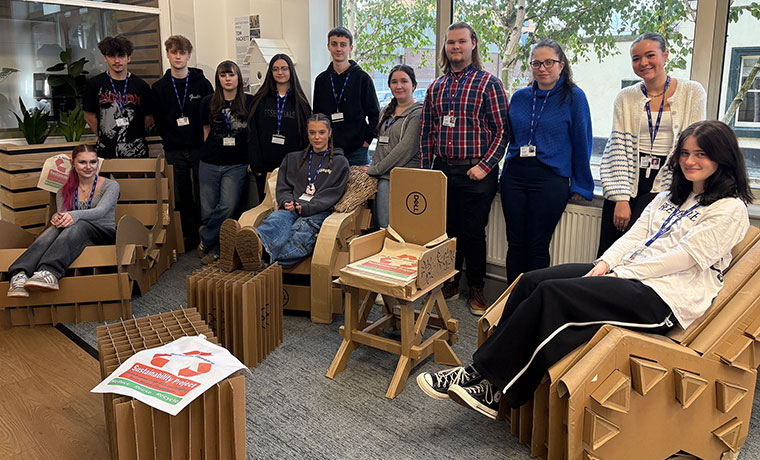
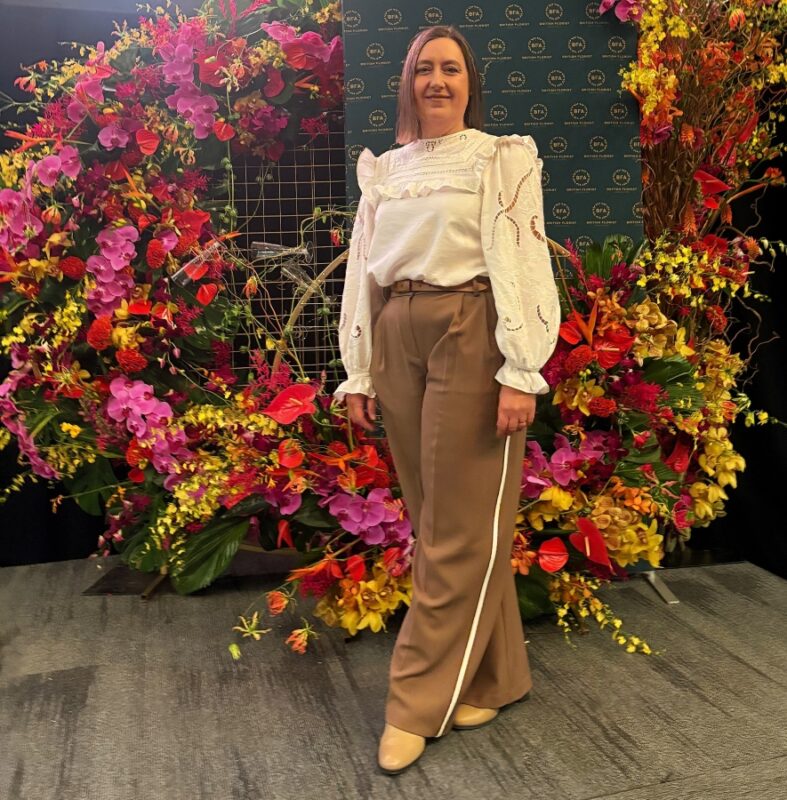



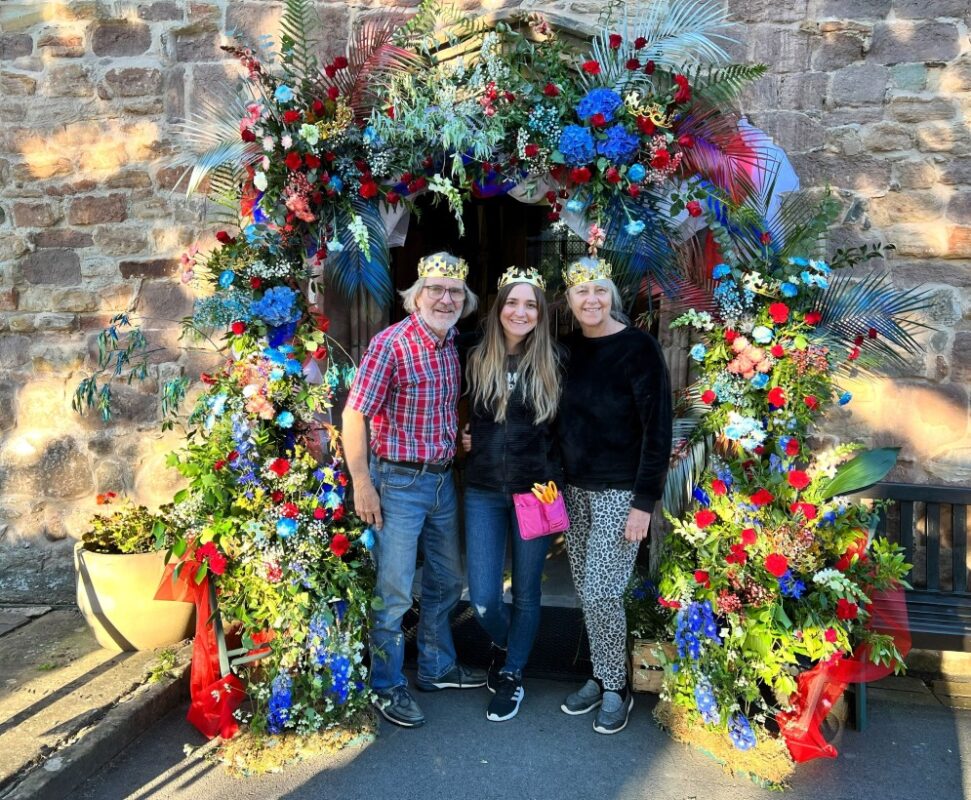
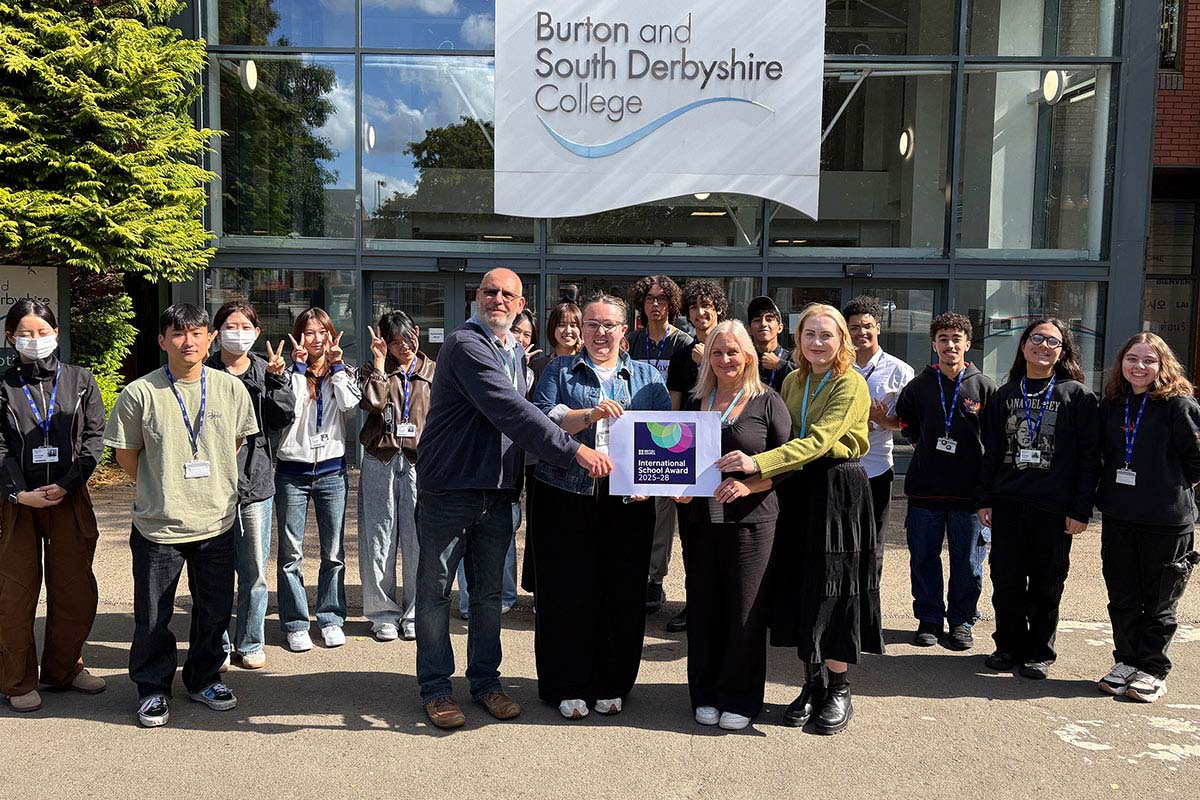
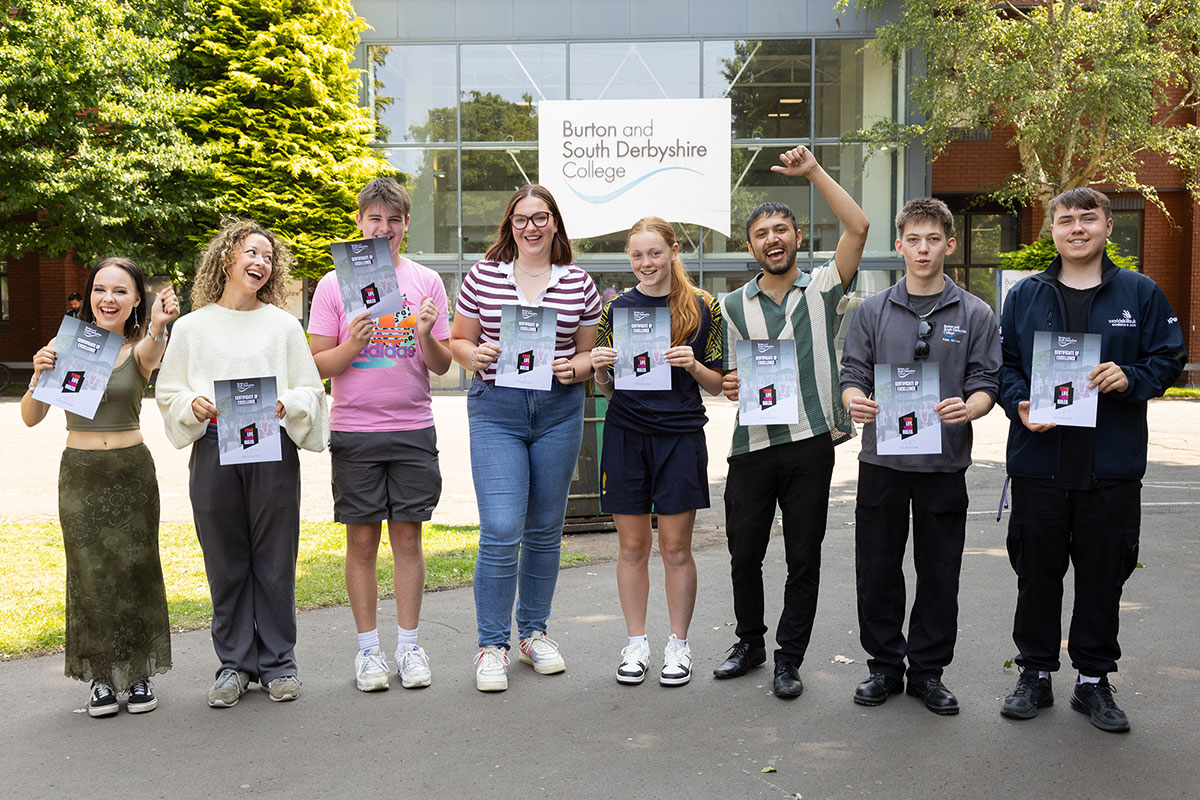
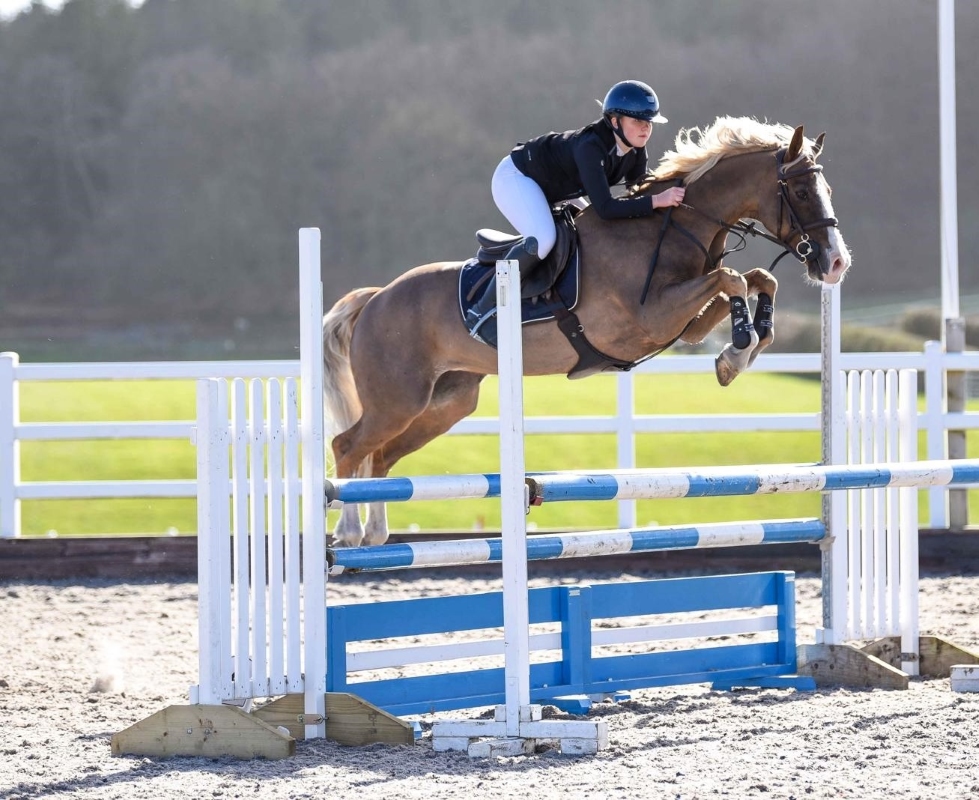
Responses